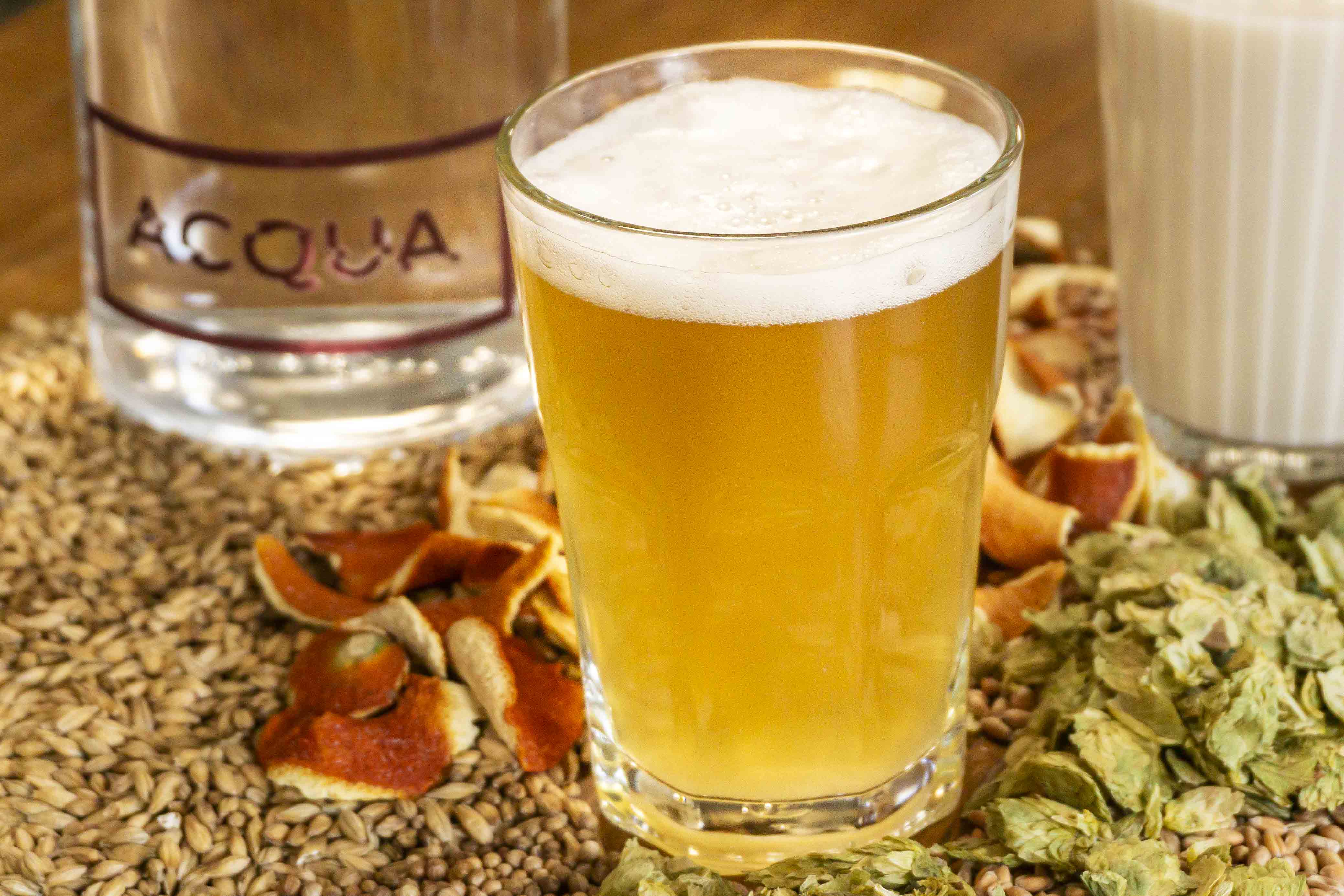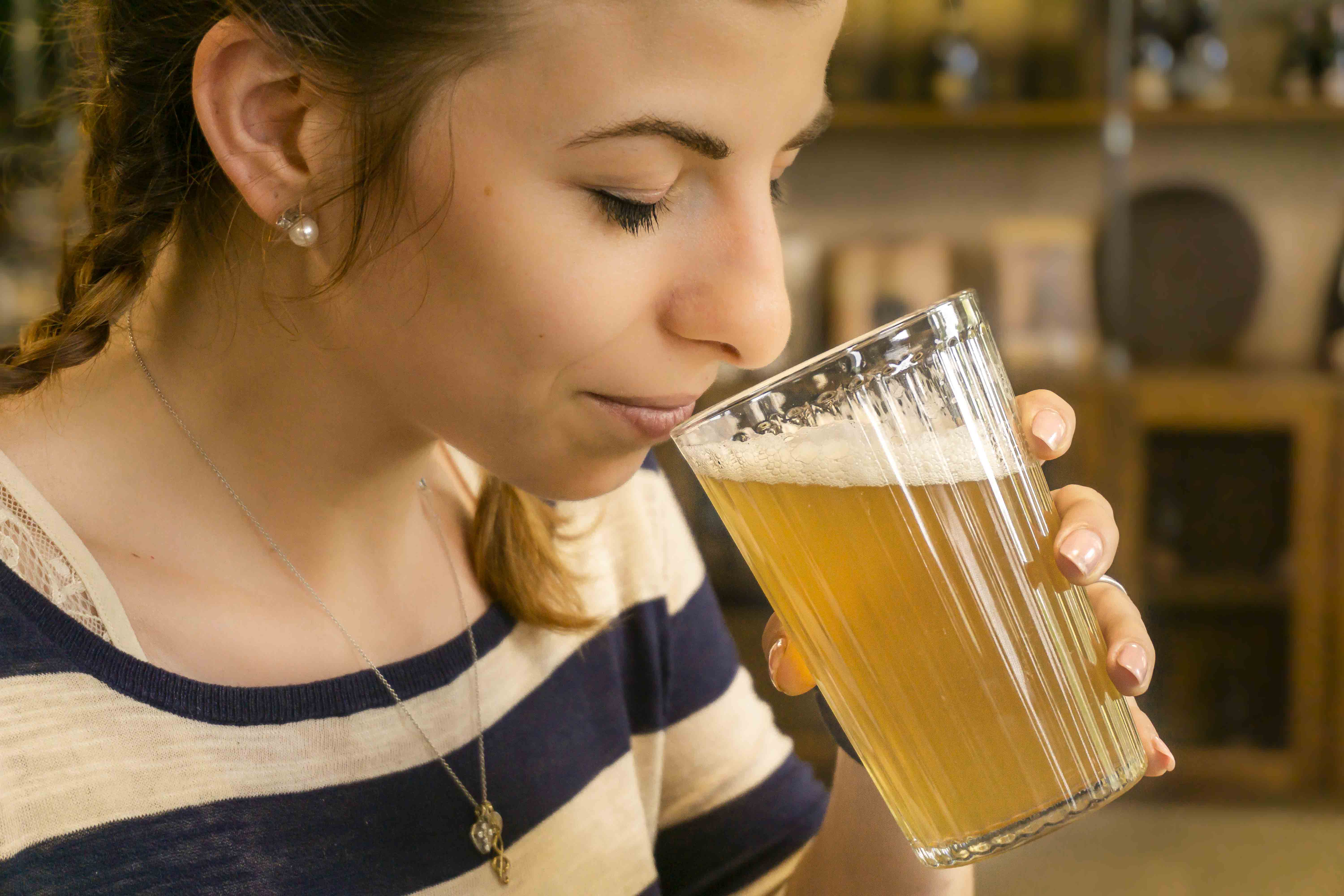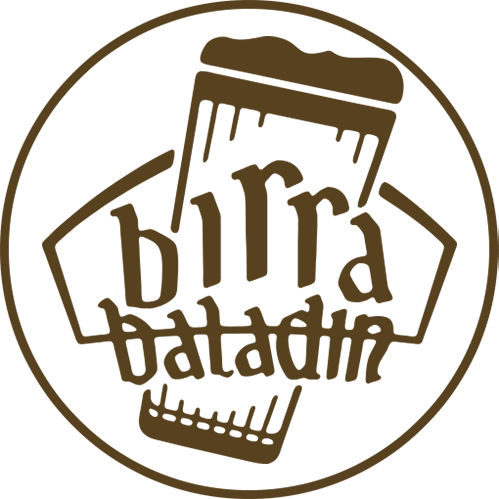What are the ingredients of a Blanche beer?

Most beer styles require the exclusive use of four basic ingredients: barley malt, hops, yeast and water. Although the master brewer is allowed some room to customize the recipe with other ingredients, the formal definition of most styles follows this classic structure. A minority of styles, though, requires specific spices and aromas, as these are their distinctive feature. Blanche beers certainly belong to this latter group: in terms of extra ingredients, they have few equals in the international beer landscape. The “white beers” of Belgium are made with a certain percentage of wheat and require the addition of coriander and orange zest. But the range of ingredients that can come into play can actually be much wider. Let’s take a look at them.
Wheat
Bière Blanche - or Witbier in Flemish - literally means “white beer”, i.e. wheat beer. Wheat is one of the most important ingredients for this style and is used together with the usual barley malt to create the fermentable base. Its percentage of the total grains is quite high: it usually reaches 50%, and in more rare cases it amounts to 30%-40%.
Traditionally the wheat is not malted. This seemingly trivial detail is actually very important for at least two reasons. First of all, it gives different nuances than malted wheat, both in terms of texture and sweetness of the beer. Secondly, this is one of the most important differences from another European style of wheat beers: German Weizen. These are made with malted wheat, and present other differences from their Belgian relatives.
Coriander
Coriander (Coriandrum sativum) is one of the two spices that are historically used in Blanche beers. Also known as Chinese parsley or cilantro (Spanish name), coriander is an annual herbaceous plant belonging to the same family as cumin, dill and parsley. The first civilizations in the Mediterranean area already used it as an aromatic and medicinal plant and it is now widely used in Indian and Latin American cuisines. In beer making, the dried (preferably freshly ground) seeds are used.
The use of coriander in Blanche beers is probably a legacy of the old beers made with gruit, a mix of herbs and spices which, for many years, was at the basis of beer making. It’s no surprise, then, that Witbier beers developed in the Middle Ages in the Belgian Flanders region, where wheat was available, as well as the spices coming from the trade routes of the Hanseatic League.
Orange zest
The other spice that is typically used in Blanche beers is orange zest. The classic version of the style uses Curaçao oranges, a variety that originally comes from the Caribbean island that goes by the same name This citrus fruit, also called Lahara, was brought over from Seville and transplanted to the island in 1572. However, its characteristics quickly changed due to the dry climate: the originally sweet and shiny fruit became greenish and bitter, and virtually inedible. The skin, however, if properly dried, is pleasantly aromatic and fragrant and is therefore widely used in the preparation of liqueurs and confectionery items. Today, not all Blanche beers are made with Curaçao oranges, so we more generically refer to bitter orange zest.
The basic ingredients
Blanche beers are top fermented beers, and are therefore made with yeast belonging to this family. The strains that are normally used are of Belgian origin. They contribute a small amount of esters and phenols, with fruity and spicy nuances which complete and balance out the bolder aromas that come from the special ingredients of the recipe. In some cases, the yeast produces a small quantity of lactic acid. This generates a slight acidity which enhances the thirst quenching nature of these beers.
The malted barley that completes the fermentable base is almost always Pils malt. Hops - usually European varieties - are used sparingly to keep the bitterness low.
Other ingredients
By definition, Blanche beers allow for variations from the basic recipe. In addition to wheat and barley malt, the master brewery can add further cereals, like rye and spelt. Bitter oranges can be replaced or complemented by sweet oranges or completely different citrus fruits (lemon, bergamot orange, tangerine, etc.). Finally, in addition to coriander other spices can also be added, such as chamomile, cumin, grains of paradise, cinnamon, etc. In all these cases, it is important to make sure that the ingredients that are typical of the style are the ones that stand out the most in the aromatic profile.




